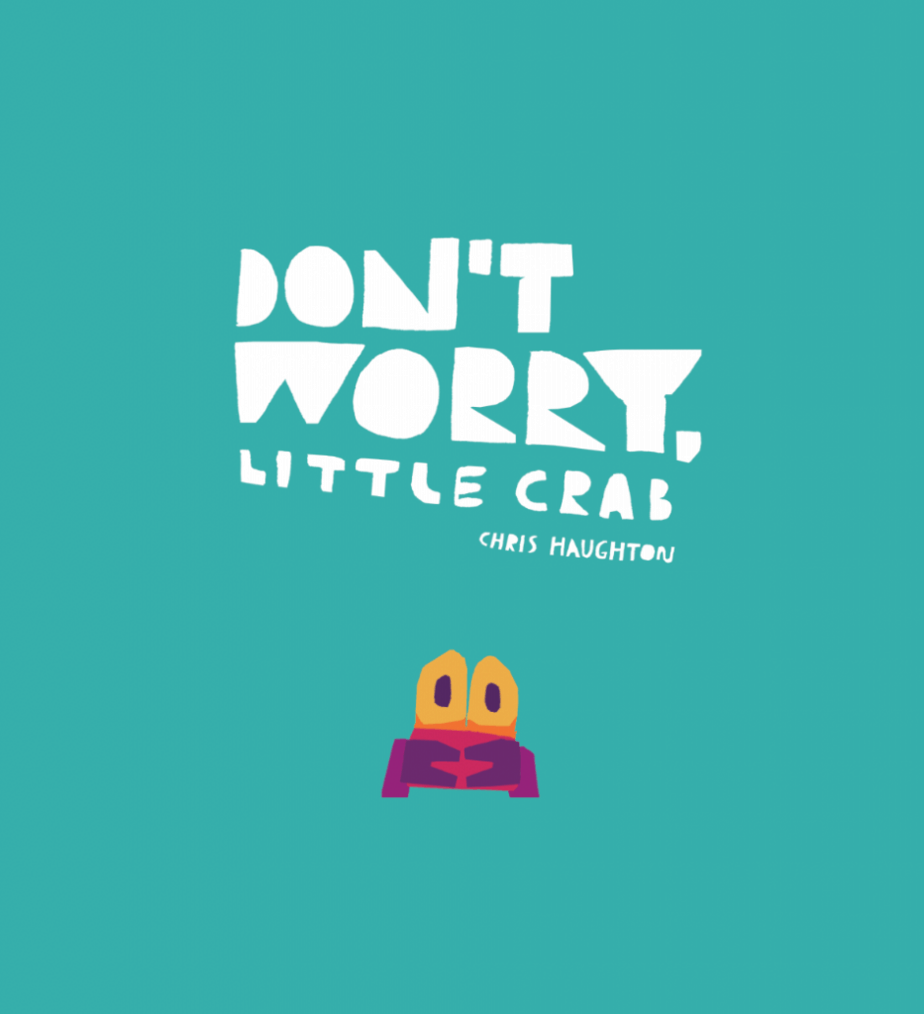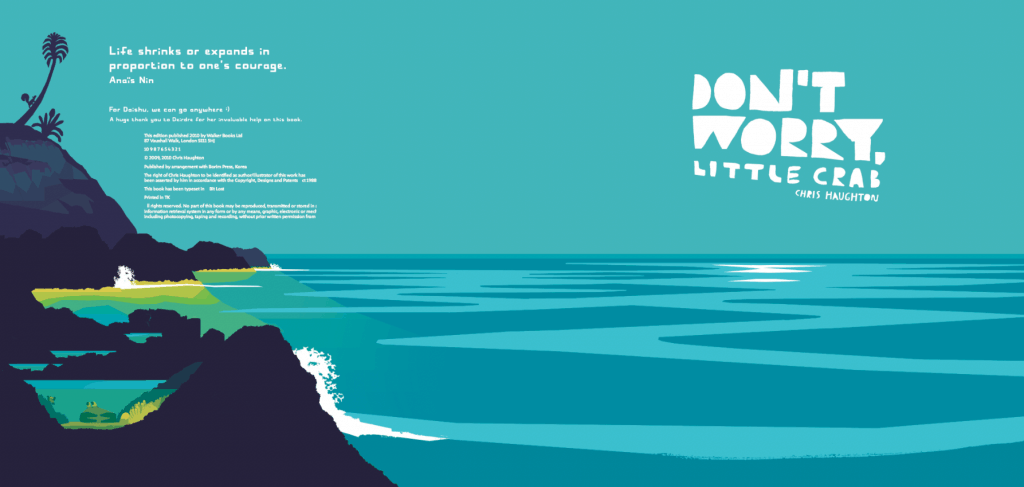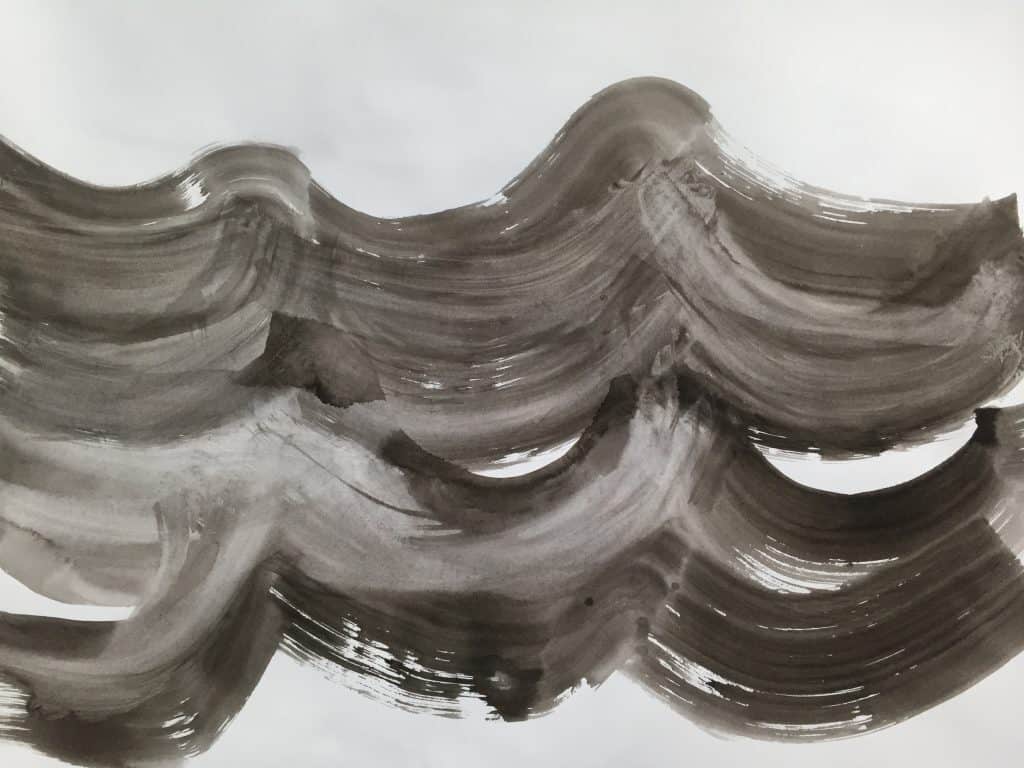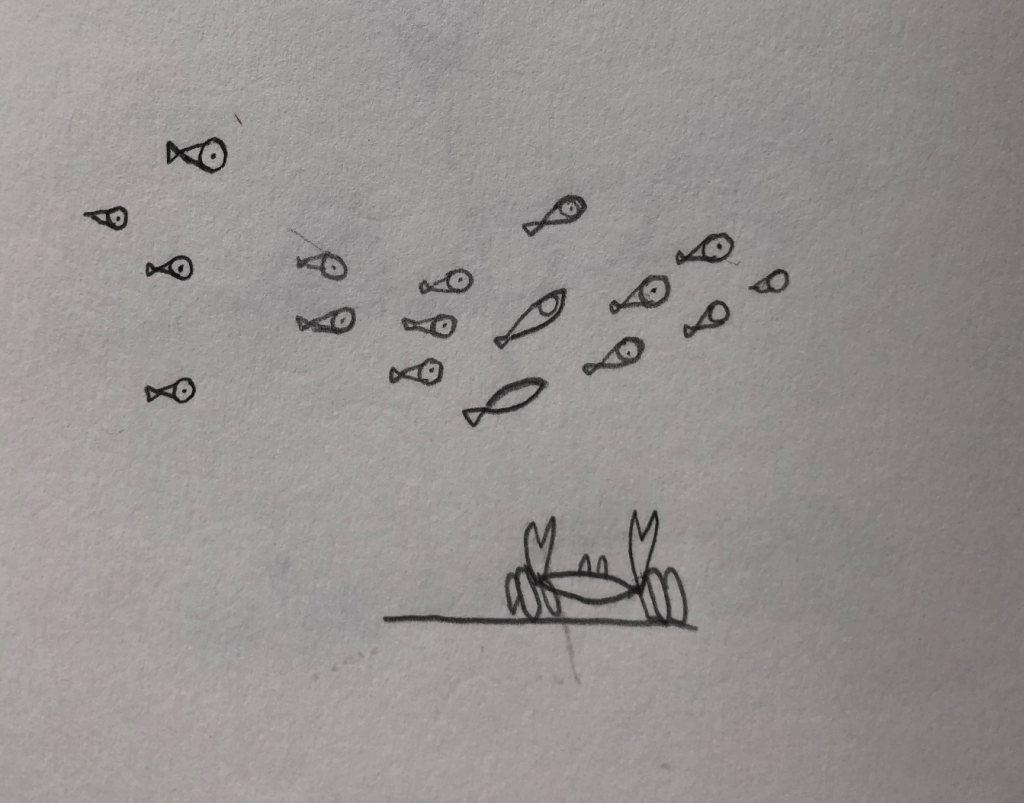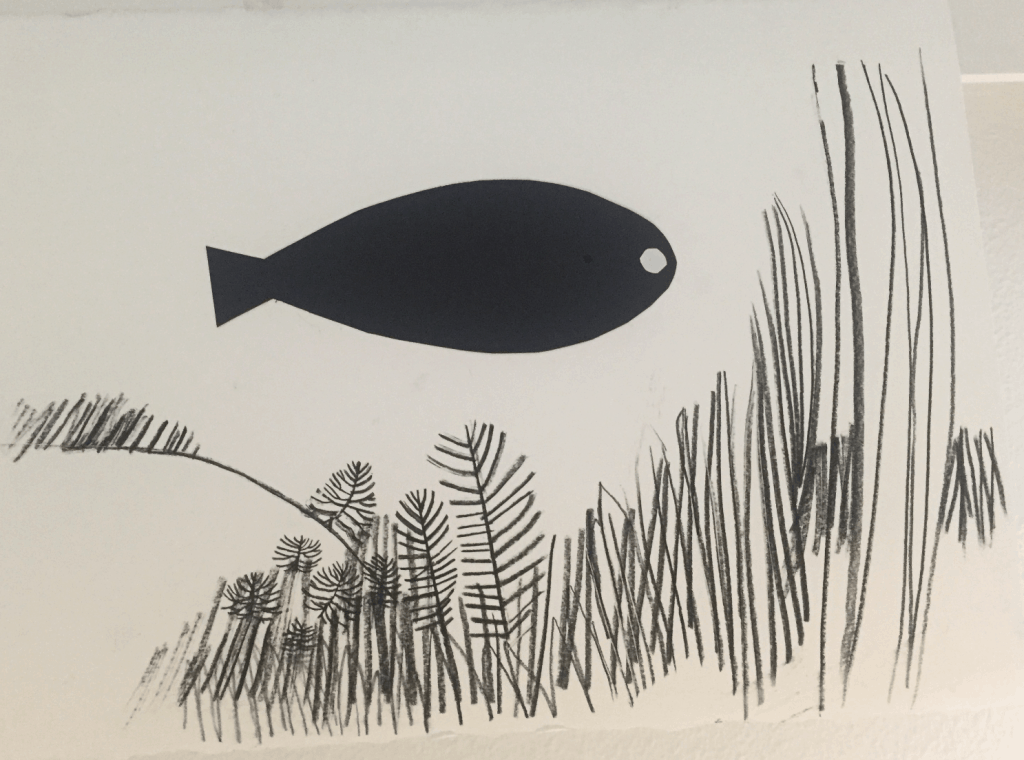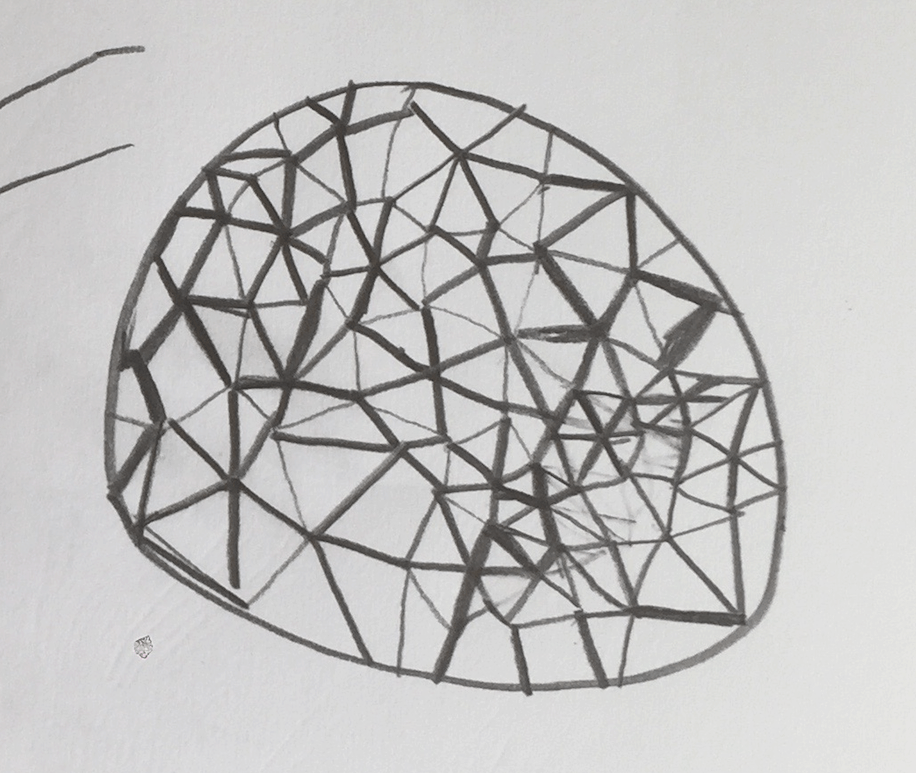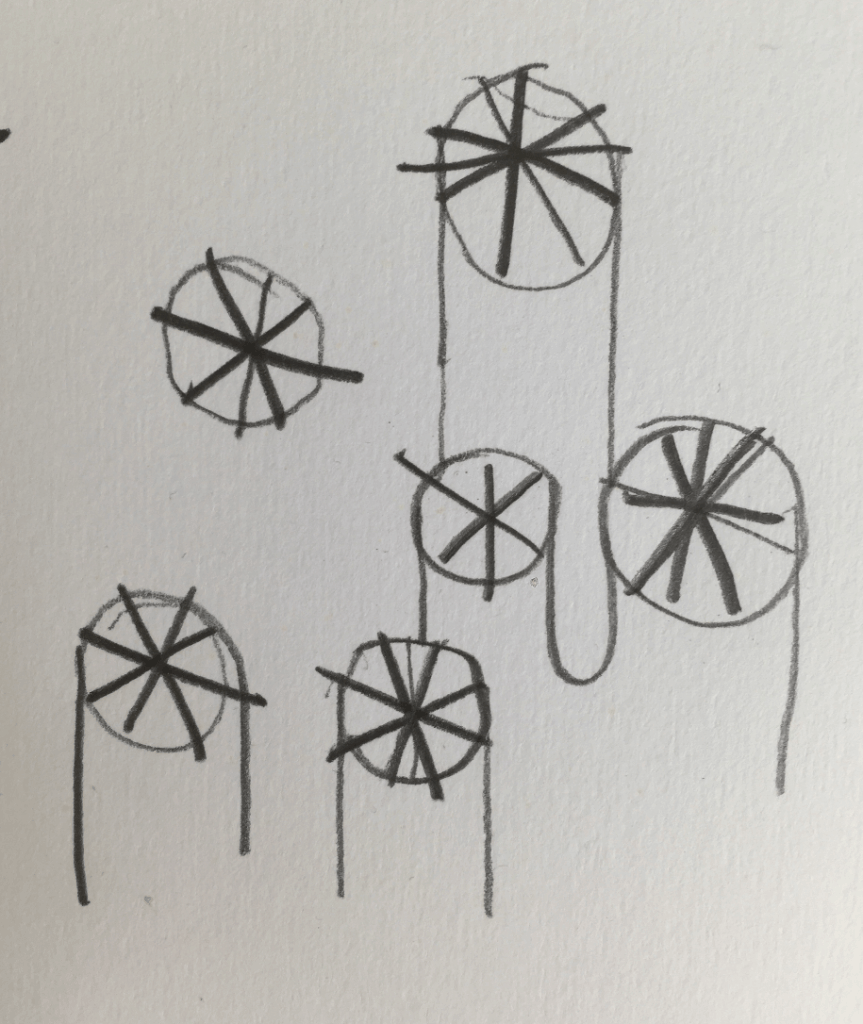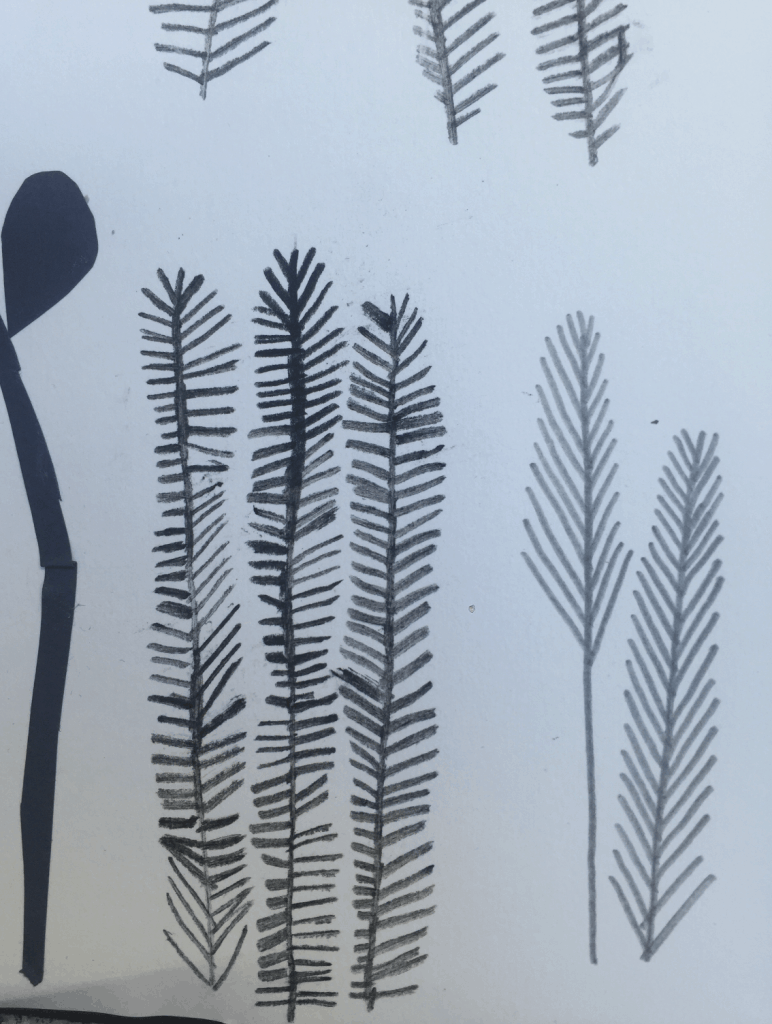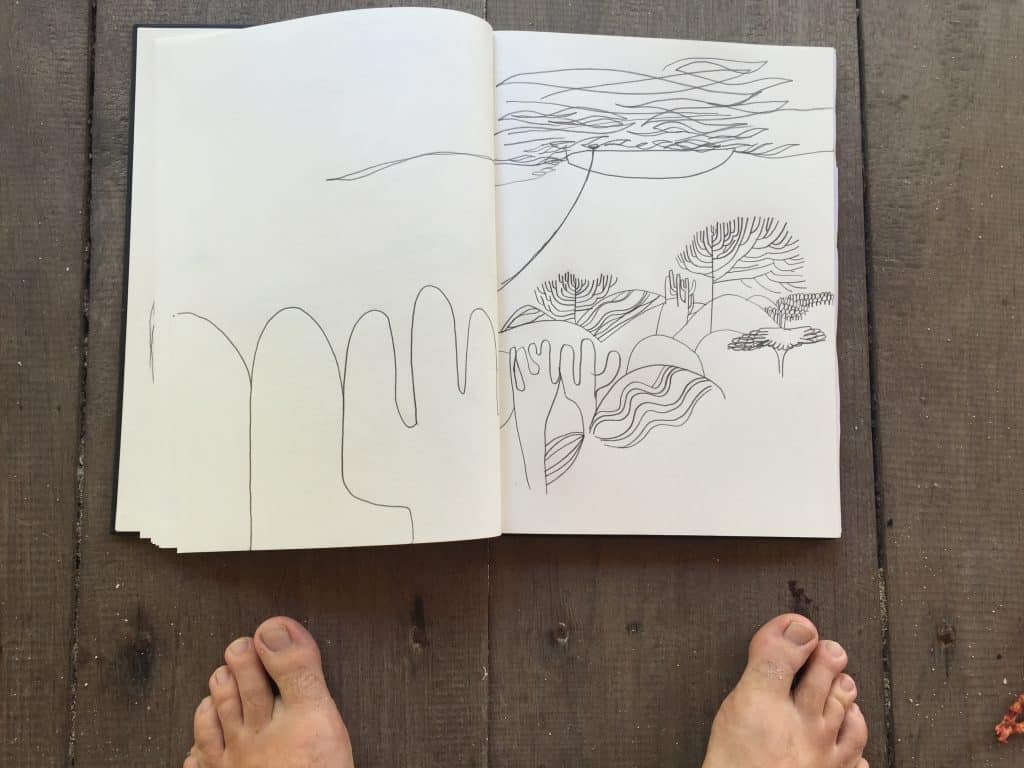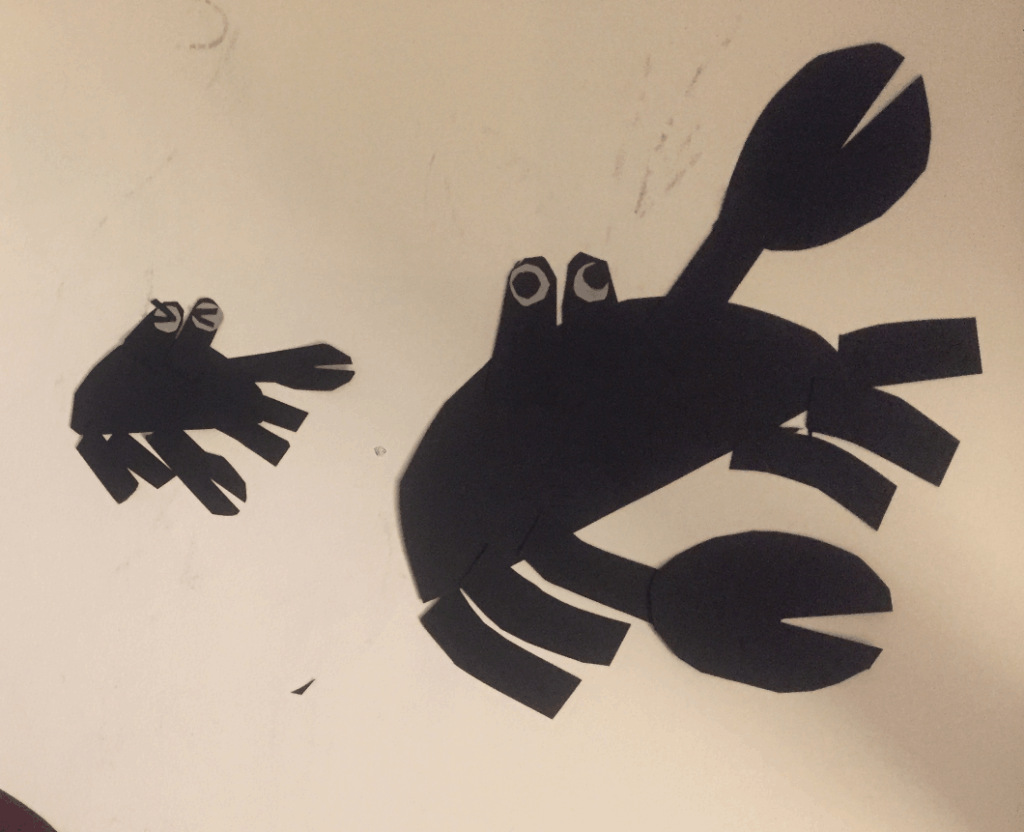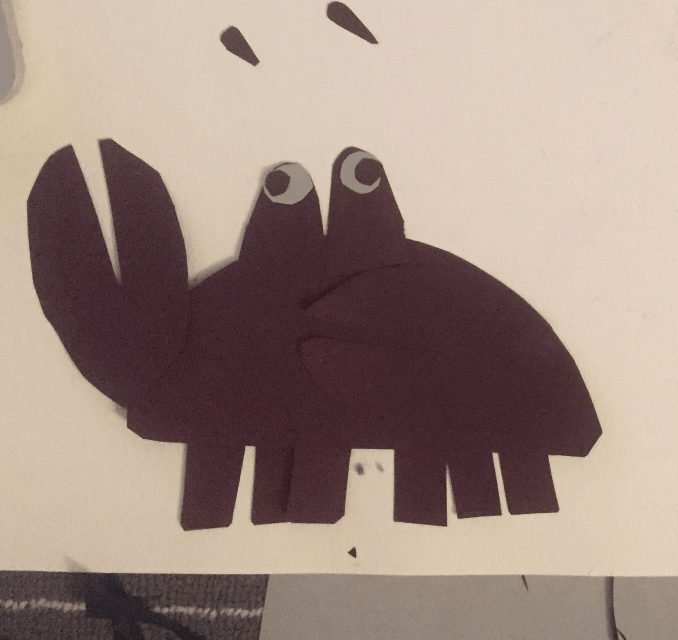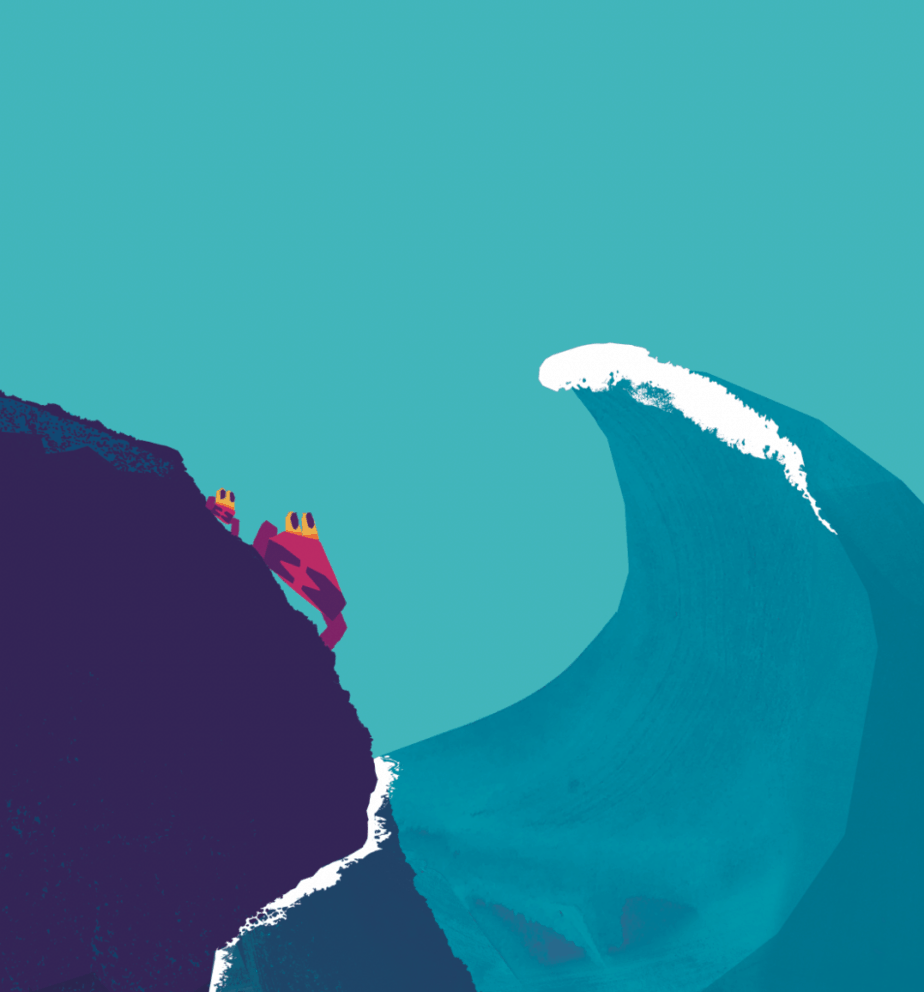The making of… MAYBE…

A few years ago I realised that all of my books are quite sweet and I don’t have any bad characters in them at all. So that started me thinking about introducing one.
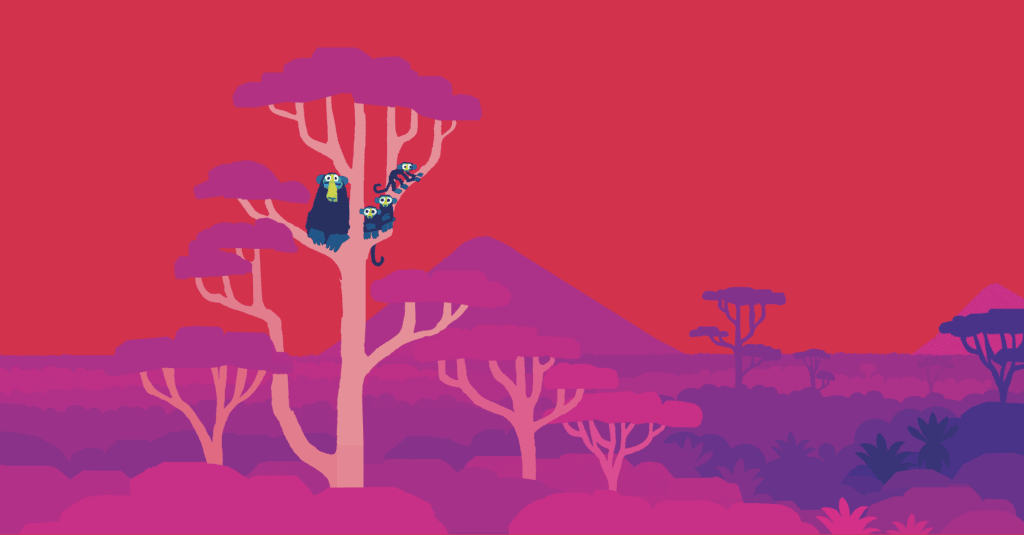
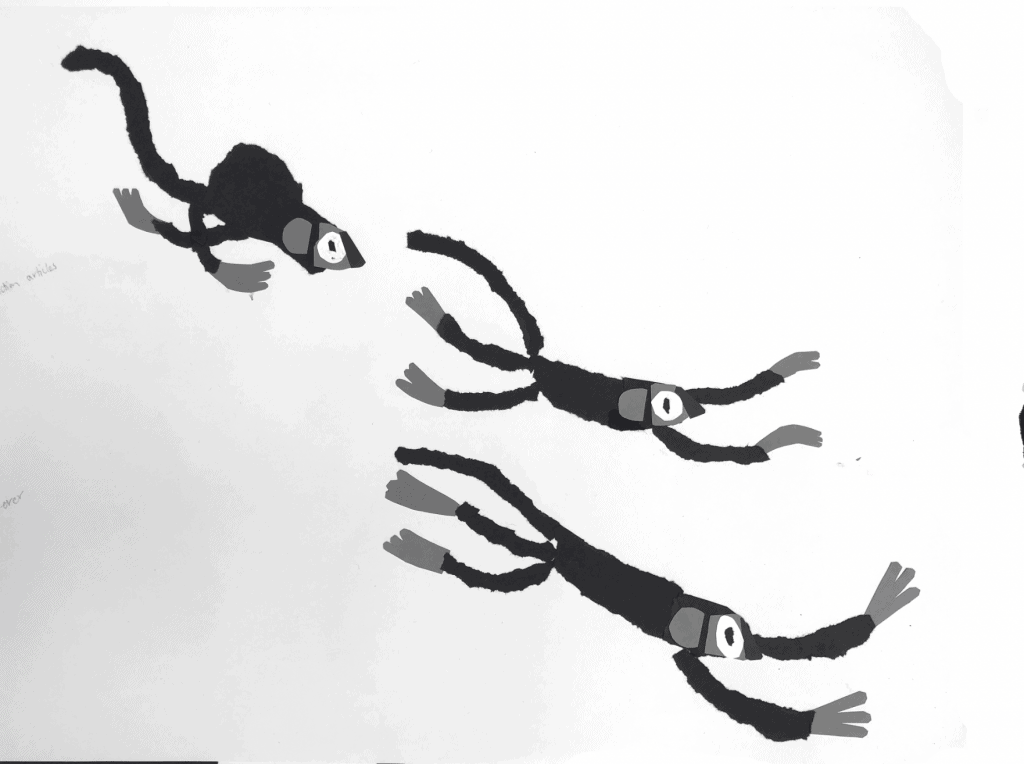
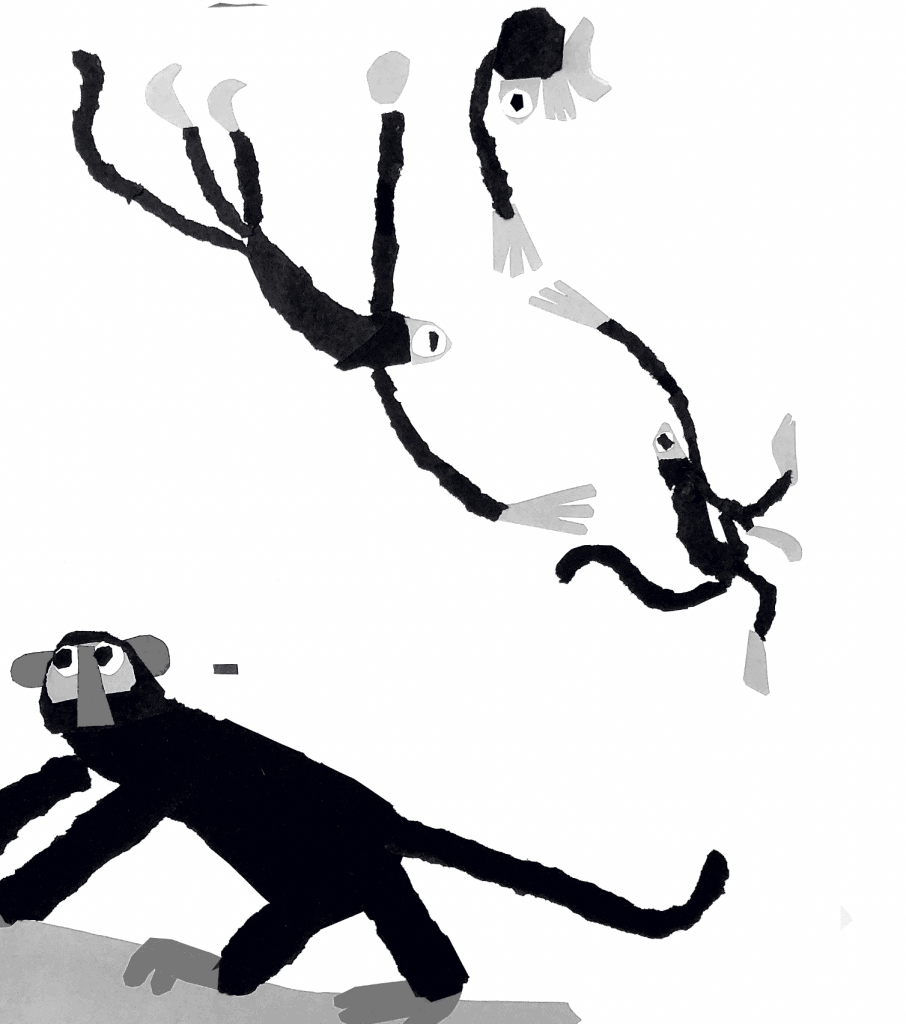
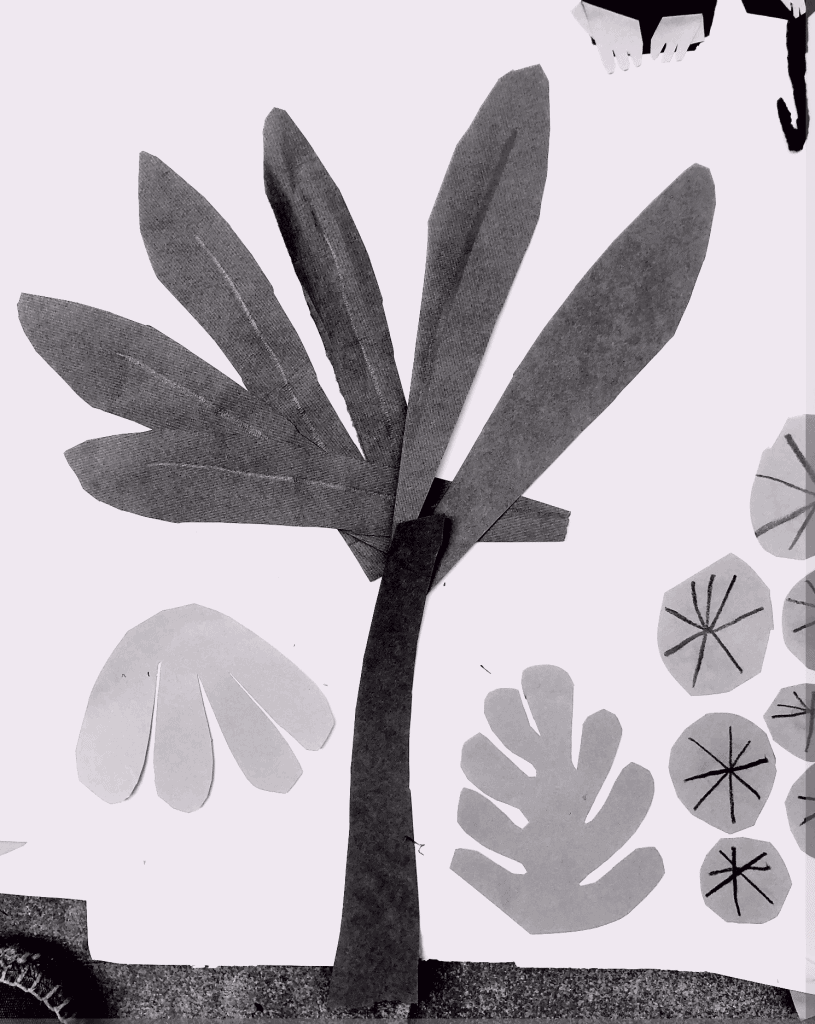
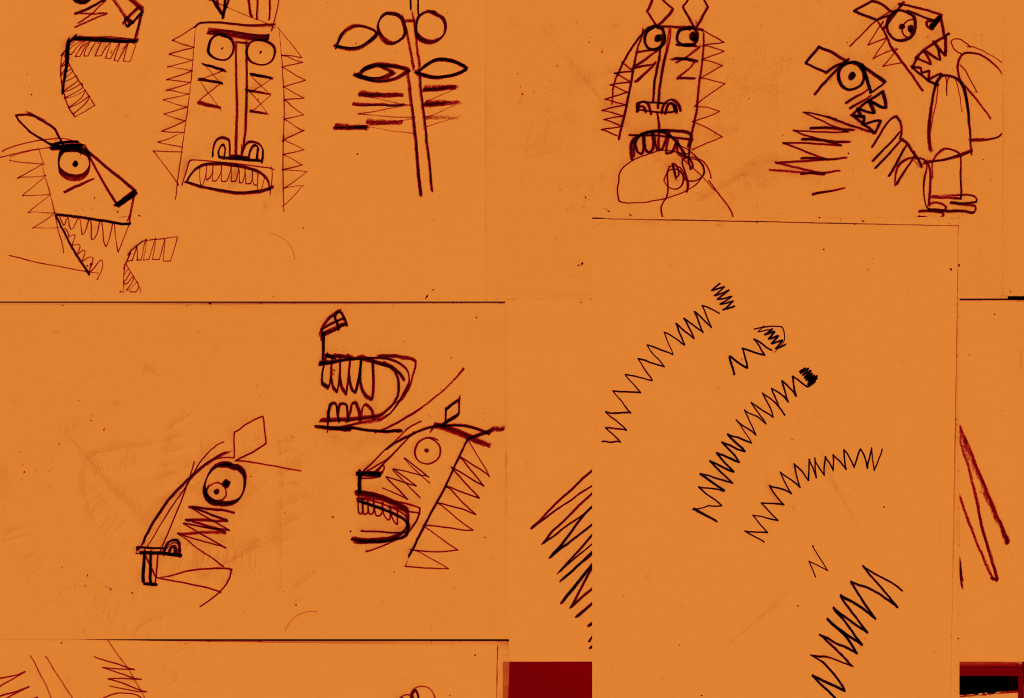
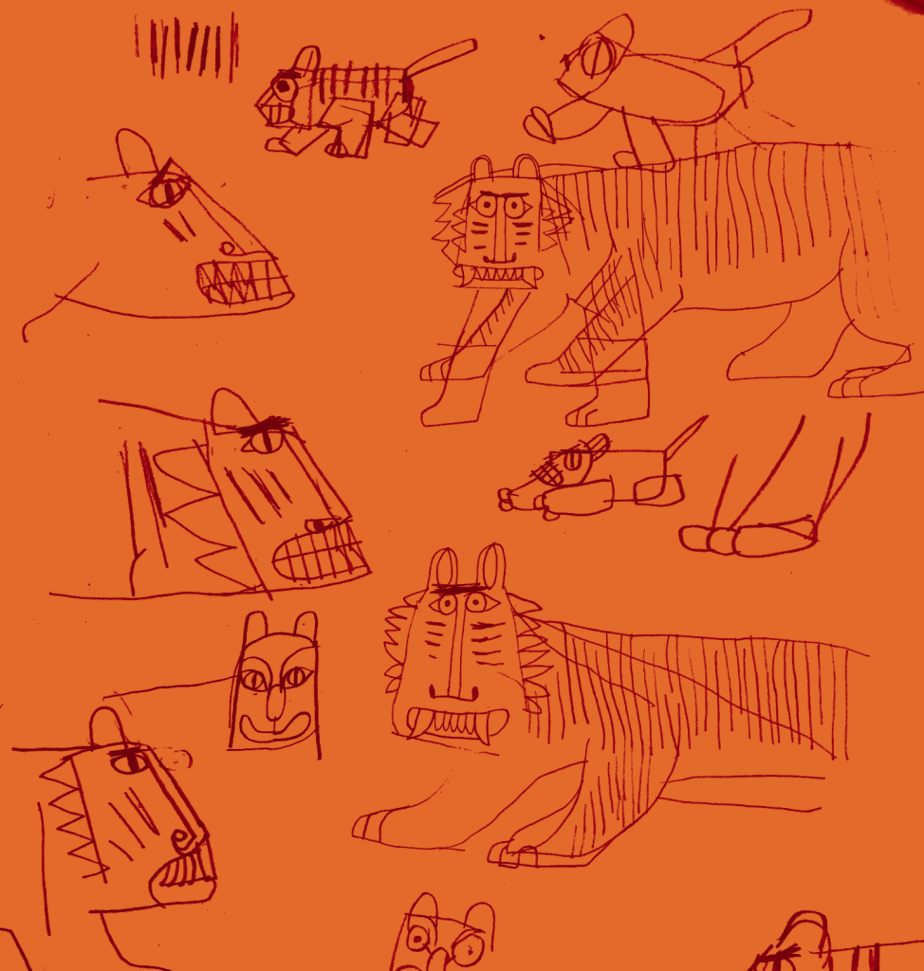

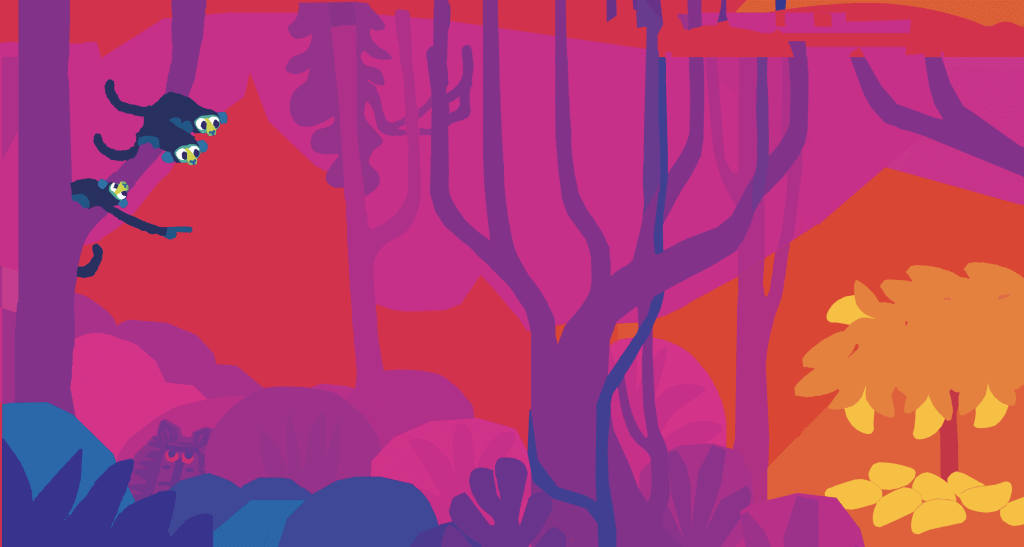
Usually I like to read my draft books aloud to groups of children to gauge the pacing and it helps me to see what is working. Unfortunately I was finishing this off during the first covid lockdown and so I only managed to do this a handful of times with this book long before the pandemic. The drafts I read from were very rough draughts. However, the last time I read it aloud to children was in a bookshop in Mexico city in January 2019 and I really think it was one of the most successful readings I have ever done. The atmosphere was electric. It was that classic pantomime ‘he’s behind you!’ atmosphere and I noticed the youngest joined in once the older ones spotted the tigers. Since that reading I emphasised the hiding tigers more and made an extra spread in the build up because the kids really screamed with excitement when they saw the tigers. I can’t wait to be able to read it live again soon.
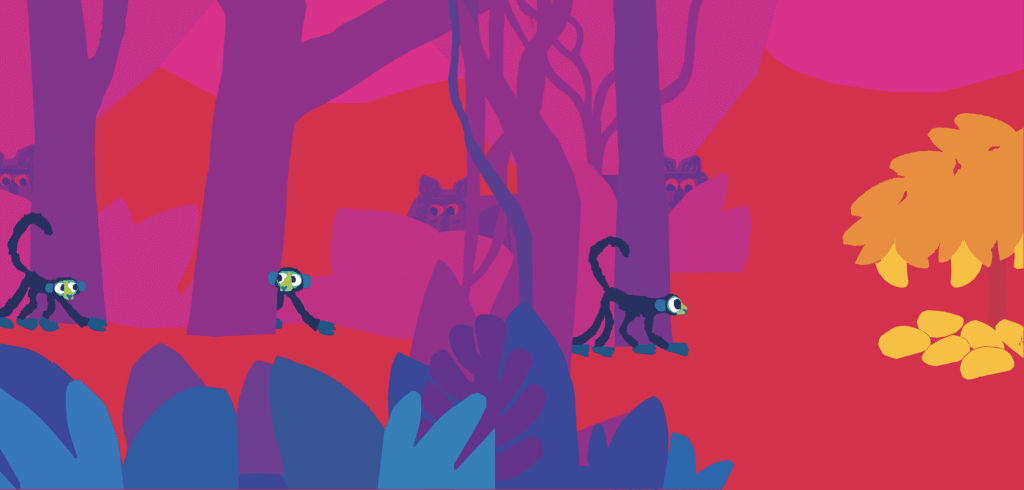

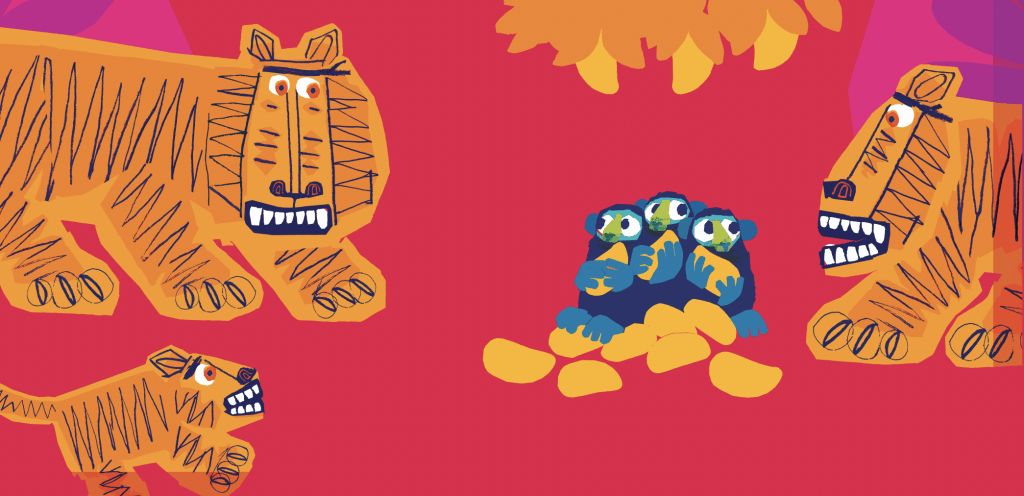
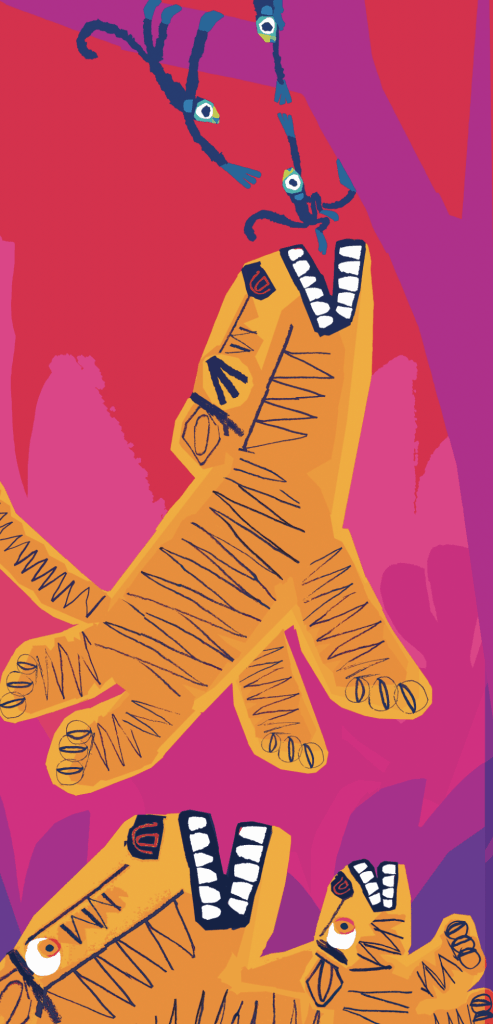
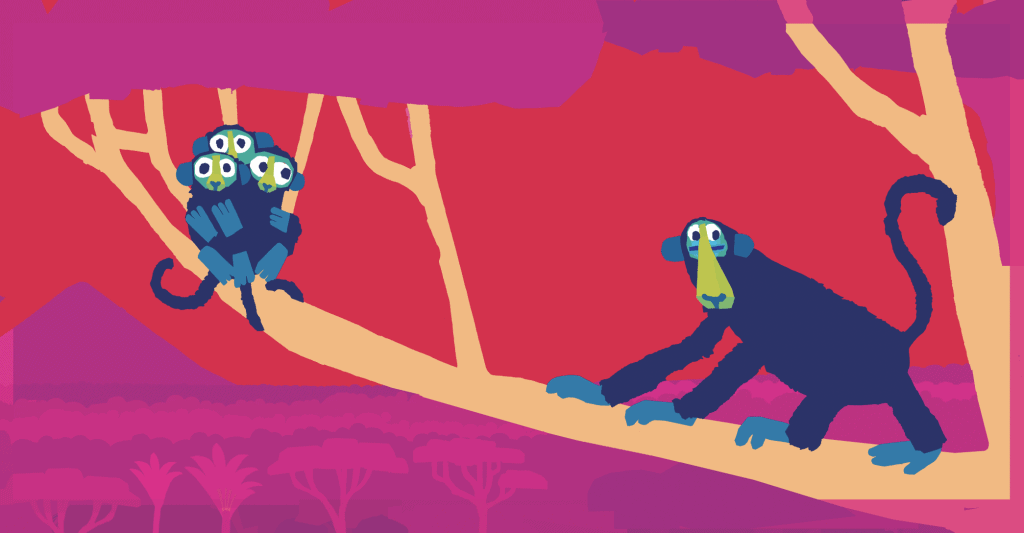
MAYBE… from chris haughton on Vimeo.
